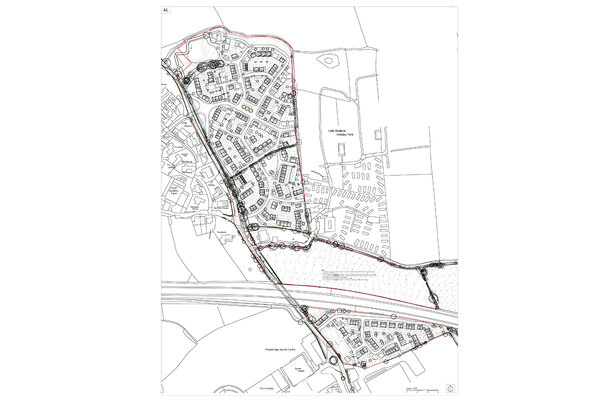You are viewing 1 of your 1 free articles

Steve Douglas is chief executive of St Mungo’s
The High Court judgement supporting the regulator should be read by all in the sector
The recent backing of the English regulator by a High Court judge lays a marker for any future challenges and confirms that the regulatory standards are doing the job they were intended for, writes Steve Douglas
This week’s High Court judgement on the judicial review requested by Inclusion was a salutary reminder of the role and purpose of regulation in the social housing sector.
The judgement should be read by all board members and senior executives, whether old hands or new to the sector, whether small or large, whether specialised supported or general needs housing providers.
It speaks to the heart of the current regulatory framework and how it is applied.
Among other things, the judge was asked to test the adequacy of reasons given for the downgrade to G3/V3; the rationality of the regulator’s decision-making; the lawfulness of its approach to analysing risk; and whether it had unlawfully departed from its regulatory standards in downgrading the association’s financial viability to V3.
Throughout the comprehensive judgement there are key phrases and words the judge references to explain why the judicial review was unequivocally dismissed.
These included the regulator’s fundamental objectives, “to ensure that registered providers of social housing are financially viable and properly managed and perform their functions efficiently and effectively”; that “the regulator must exercise its functions in a way that minimises interference, and (so far as is possible) is proportionate, consistent, transparent and accountable”; and that it has an expectation that “registered providers shall manage their resources effectively to ensure their viability is maintained while ensuring that social housing assets are not put at risk”.
Underpinning these objectives is the co-regulatory settlement, based on the provider understanding its risks and having mitigations in place and a strategy in the event of risks crystallising. And being able to assure the regulator to that effect.
It is the responsibility of the board to understand what this means.
One telling passage in the judgement that the judge takes to vindicate the regulator’s downgrade is that, despite advice from independent advisors that the organisation operated a “flawed model” and needed to renegotiate its leases, and attempts having failed, it still determined that it was not at the behest of “the goodwill” of counterparties.
A core expectation of a board is that it can act independently and judiciously to protect its viability and its assets. The judge concluded that the regulatory judgement was fair in not having assurance of viability and that “renegotiation of terms was not guaranteed and that if the agreement of these counterparties was not forthcoming, Inclusion’s tenants would be exposed”.
The judgement also puts a stake in the ground for others that might consider challenging the proportionality or fairness of the regulator’s approach.
He says: “The regulator is in my judgement entitled to conclude that a provider whose business model is judged to involve too much risk has failed to ensure an effective risk management framework, particularly where, as here, the flaws were identified very clearly in 2015 and, in the regulator’s view, have not been sufficiently addressed since.”
And finally: “Although not determinative, the regulator’s conclusion that its actions were proportionate – based as it was on a rational and lawful analysis of its ‘serious concerns’ – is entitled to considerable weight.”
Judicial reviews of regulatory judgements are rare. This one reconfirms that the regulatory framework on governance and viability still does the job it was intended to do.
Steve Douglas, group chief executive, Aquila
Sign up for our legal and regulation newsletter
Already have an account? Click here to manage your newsletters












